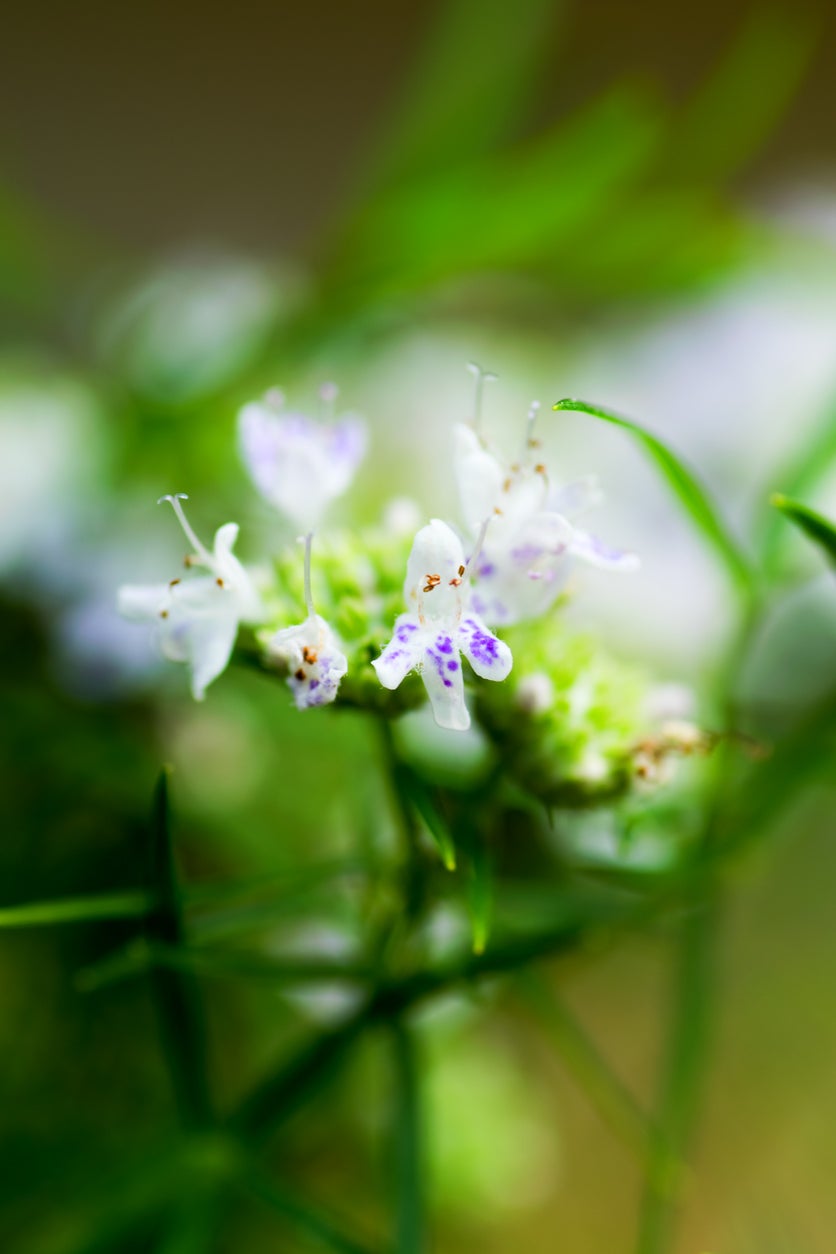What Is Mountain Mint – Virginia Mountain Mint Info And Care


The mint family is comprised of approximately 180 genera of plants or 3,500 species worldwide. In the United States alone, there are about 50 genera of native mint plants. While most of us are familiar with common mint relatives like spearmint, catmint, and hyssop, there are also many lesser-known mint plants with fantastic herbal and aesthetic benefits. One of these includes mountain mint.
What is Mountain Mint?
Virginia mountain mint (Pycanthemum virgineanum) grows as a native perennial in most parts of North America. They are hardy perennials in U.S. zones 3-7. In the U.S., they range from Maine to North Dakota and south through Missouri to North Carolina.
Like mint plants, mountain mint plants produce the telltale square stems with opposing leaves, and all parts of the plant are highly aromatic. Mature plants can top out at 2- to 3-feet (0.5 to 1 m.) tall. In the right conditions, growing mountain mint may spread or naturalize aggressively just like other members of the mint family.
Virginia mountain mint produces nearly flat-topped clusters of small, white flowers from summer through fall. After the blooms fade, the plant produces seed that will easily self-sow in suitable conditions.
As an herb in the garden, regular pruning and pinching will prolong the harvest of fresh aromatic mountain mint leaves for teas or herbal remedies. In recipes, mountain mint can be used as a substitute for other mints, such as peppermint or bergamot. In addition to teas, tinctures, and salves, fresh mountain mint can be used in natural pest repellents.
How to Grow Mountain Mint
Though they are known as mountain mints, they are usually found growing wild in areas with full sun but wet soil, such as sunny, low lands and along the margins of natural waterways. In the landscape, Virginia mountain mint performs well in rain gardens and around ponds or other water features.
Mountain mint care is minimal but give it plenty of room to grow. Regular pruning can help keep the plant better managed or you can grow in containers to minimize its spread.
Gardening tips, videos, info and more delivered right to your inbox!
Sign up for the Gardening Know How newsletter today and receive a free copy of our e-book "How to Grow Delicious Tomatoes".
Thanks to this plant’s strong minty aroma, mountain mint also functions well in the landscape as an insect repelling border plant around decks or porches. Rabbit and deer may also be deterred by the planting of mountain mint.
In the garden setting, you can pair mountain mint with other native perennials such as:
Many beautiful ornamental grasses, such as switchgrass, little bluestem, blue fescue, and northern sea oats, have similar soil and sun requirements and will do well as companions too.
-
 Get Ready For A Summer Of Hummers! Grow These Full Sun Hummingbird Plants and Flowers
Get Ready For A Summer Of Hummers! Grow These Full Sun Hummingbird Plants and FlowersIf you’re lucky enough to enjoy a sunny backyard, make sure you are maxing out on your pollinator opportunities and grow these full sun hummingbird plants and flowers
By Tonya Barnett
-
 12 Lush Alternatives To A Lawn For Sustainable Spaces
12 Lush Alternatives To A Lawn For Sustainable SpacesAlternatives to a lawn are beautiful and also beneficial to your local ecosystem and its pollinators. Explore our top picks for plants to replace grass.
By Tonya Barnett
